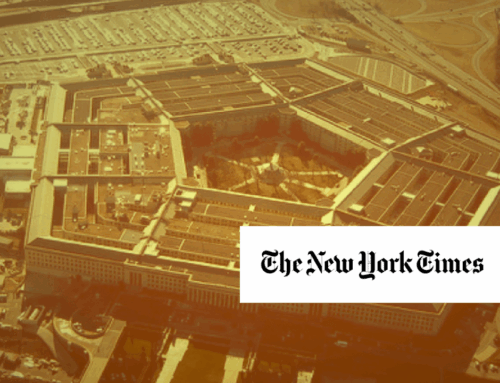What do you do when the amount of money in your checking account is less than the amount you need to pay all your bills? What does any responsible family do? You cut back on your spending. You juggle your priorities, maybe take on some extra work to bring in more money. What you don’t do is expect your next door neighbor to pay your mortgage. But that’s exactly what the Congress is currently contemplating when it comes to funding the next strategic submarine.
Both the House and Senate Armed Services Committees have taken first steps in establishing a “National Sea-based Deterrence Fund.” The ultimate purpose of such a fund is to take the replacement of the Ohio class submarine program (called SSBN(X) and currently estimated at $4.9 billion each) out of the Navy’s budget and, apparently, make it a “national asset” paid for out of some generic pot of Pentagon funds.
This is at least the third time the Navy has attempted this budget gimmick for developing a new submarine in the last 50 years. “Hey, let’s call the submarines ‘national assets,’ and get them out of our budget!” The last two times either Congress or the Secretary of Defense said “no.” But this time submarine boosters in both the House and Senate Armed Services Committees are winning out.
A little Budgeting 101: Each military service buys the equipment to accomplish its missions from its own budget. The Navy buys aircraft carriers, surface ships and, yes, submarines. The Army buys tanks. The Air Force buys airplanes and intercontinental ballistic missiles. The so-called “Defense wide” budget funds the Special Operations Command, military medicine, commissaries and a host of things used by all the services.
The Navy is currently facing the need to modernize several major assets out of its shipbuilding accounts and, in a time of flat Pentagon budgeting, that’s a difficult position. At a hearing before the Senate Armed Services Committee earlier this year, Assistant Secretary of the Navy Sean Stackley raised the idea of “some other strategic fund” to cover the cost of SSBN(X), and the Armed Services committees are running with it. From a budgeting standpoint, this makes no sense. It isn’t reducing the cost of the submarine. It doesn’t lower the top line of Pentagon spending. All it does is temporarily relieve the pressure on the Navy’s budget.
I hope the Appropriations Committees (the committees that can actually write checks against the Treasury) reject this gimmick again. This is really just Congress’ weak attempt to sidestep the cold truth that it no longer works for each of the military departments (Army, Navy/Marine Corps, Air Force) to receive roughly one-third of the “total obligational authority” for the development and purchase of weapons. No one wants to admit this old formula never made sense, except to placate bureaucratic infighting.
And don’t for a second think the Army and the Air Force aren’t paying close attention to this attempt at budgetary sleight of hand. Because if submarines are “national assets,” what are land-based intercontinental ballistic missiles? What are long range bombers? The last time I checked, it wasn’t the U.S. Army at war in Afghanistan and Iraq for the past dozen years; it was the U.S. government. Doesn’t that mean Army weapons are actually “national assets?” Where does this ridiculous dodge end?










